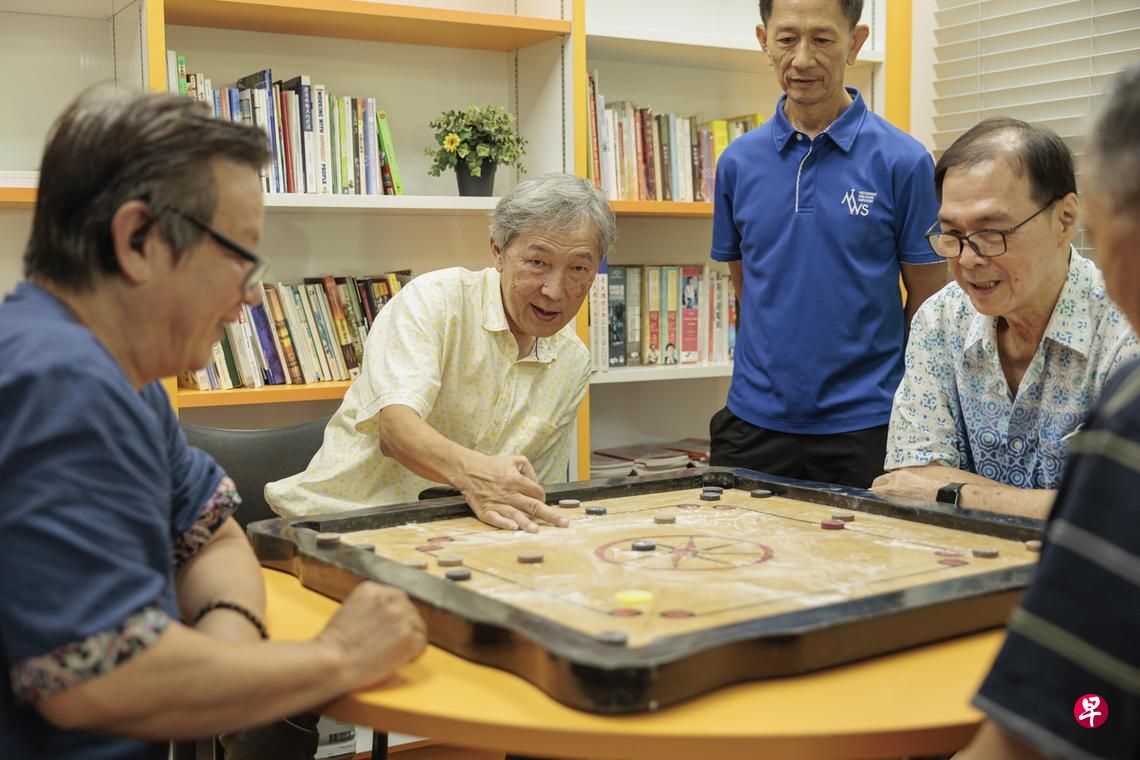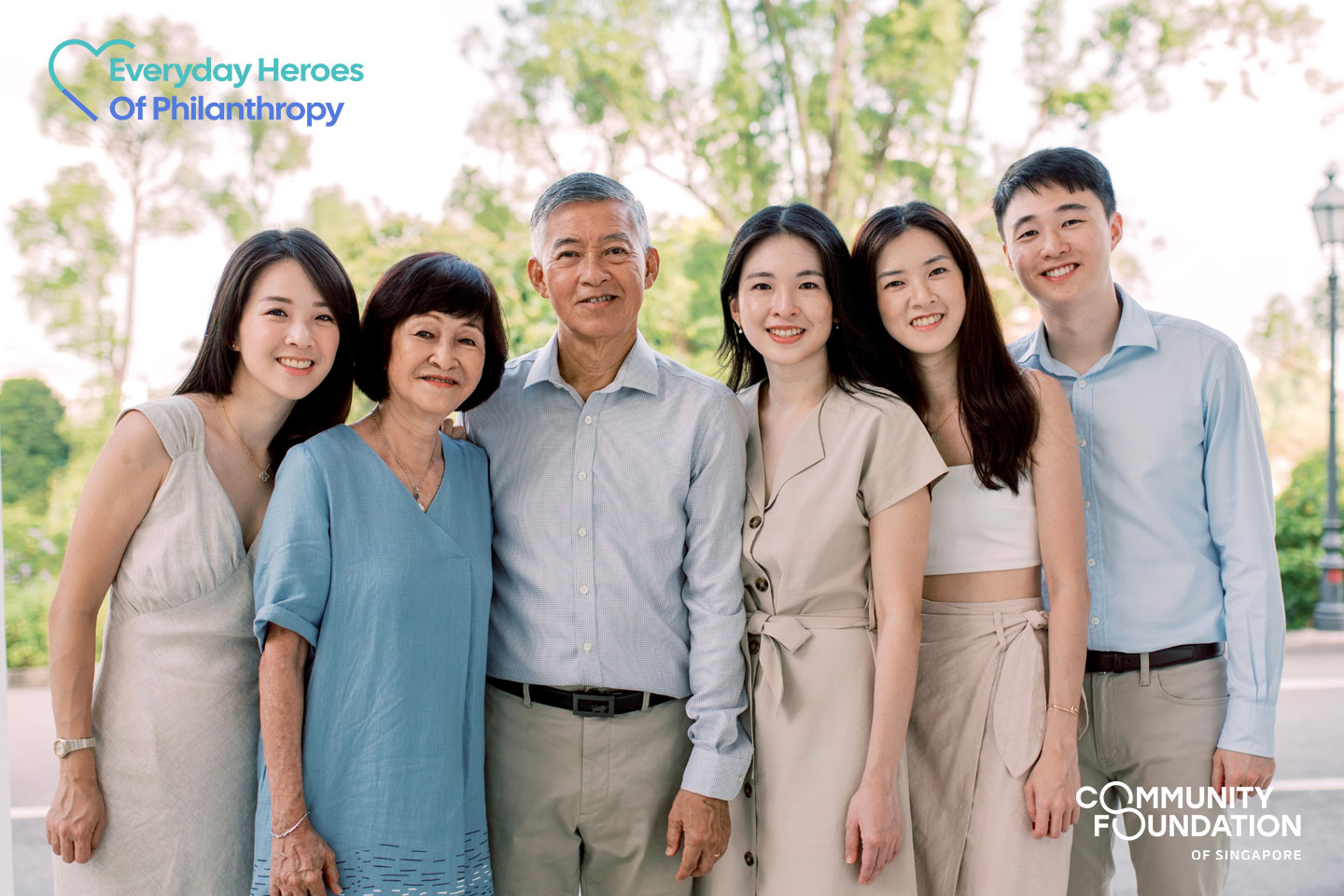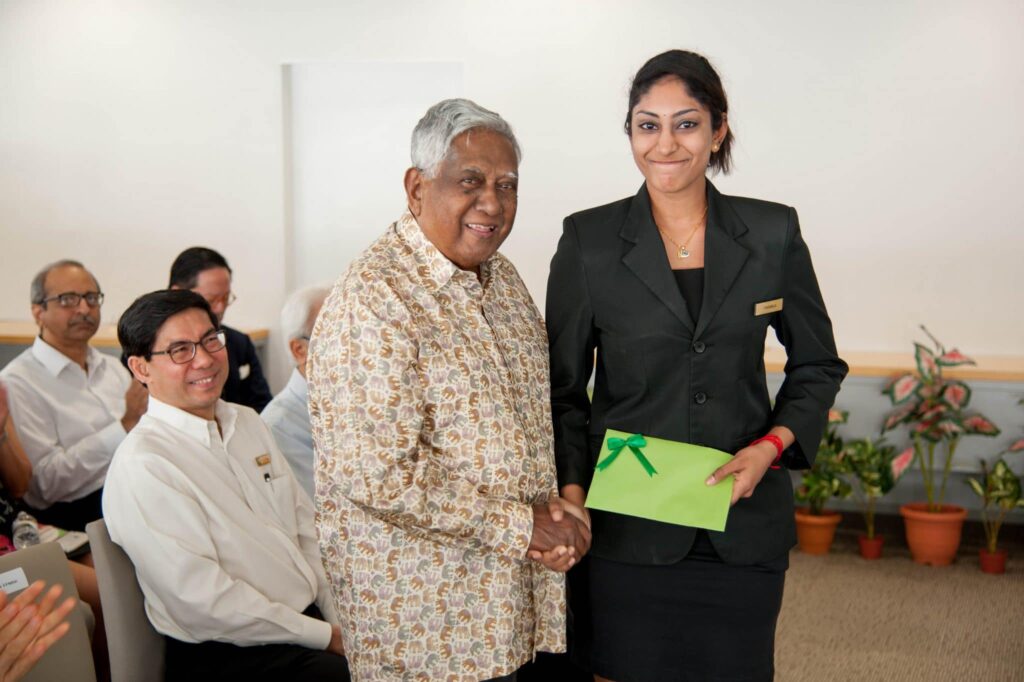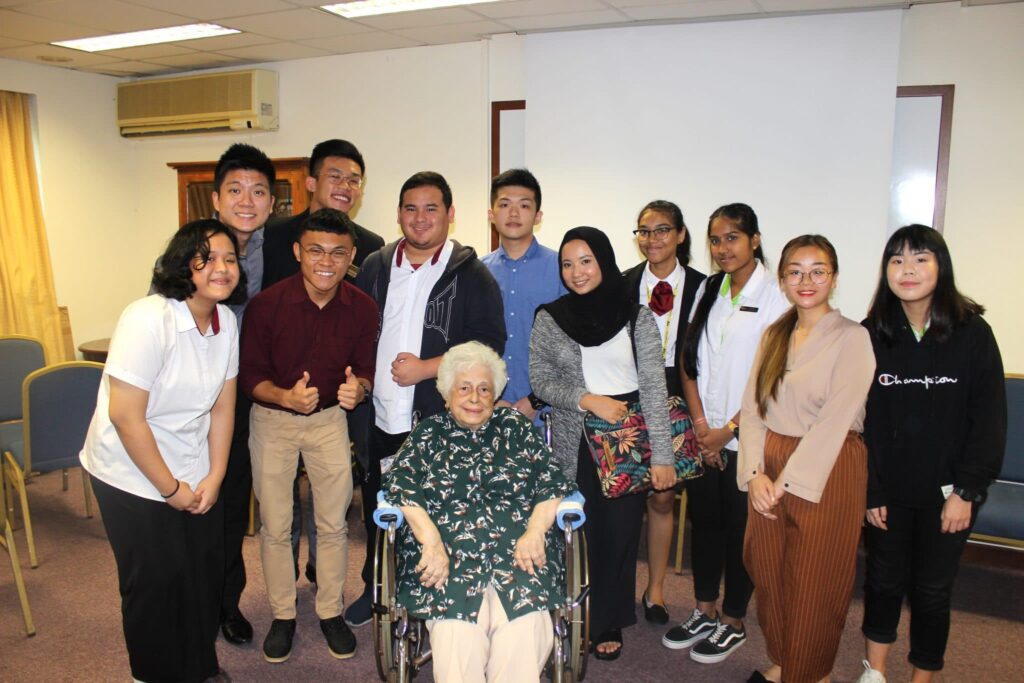S R Nathan Education Upliftment Fund – Providing students with the needed leg-up

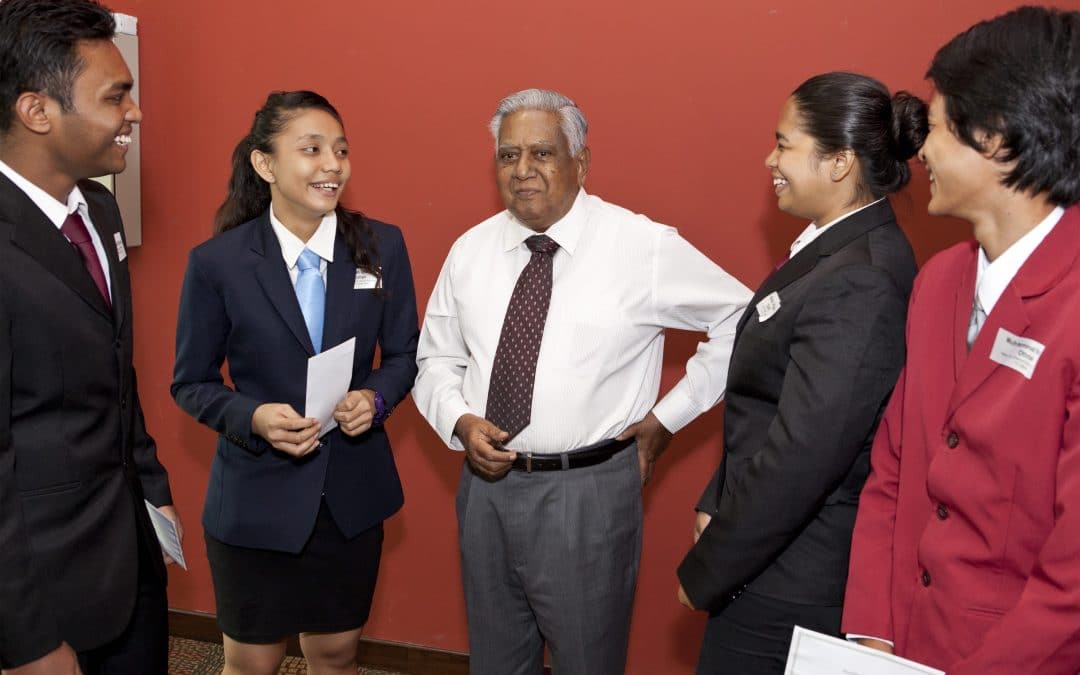
Growing up in a poor family, the late former President of Singapore Mr S R Nathan knew what it was like to struggle with school and making ends meet.
In his teens, he dropped out of school, ran away from home and tried to eke out a living amidst troubled times. While working, he continued his education and was eventually awarded a bursary that enabled him to graduate with a Diploma in Social Studies from then University of Malaya.
“Those of you who have read my memoir will recall – my youth was a very troubled one. Left to despair over my fate, I realised that life was not always fair. Coming face to face with all sorts of hardships, it was the unexpected help from some unknown person that my life turned for the better,” said Mr Nathan.
In 2011 when Mr Nathan published his memoir ‘An Unexpected Journey: Path to the Presidency,’ he established the S R Nathan Education Upliftment Fund (SRNEUF) to help students by providing them with the financial assistance to keep them in school and enable them to pursue their tertiary education. Mr Nathan firmly believed that education was an important social leveler which provides students from disadvantaged backgrounds an opportunity to seek a better life for themselves and their families.
Managed by the Community Foundation of Singapore (CFS), the fund supports programmes like the Institute of Technical Education (ITE)’s Monthly Financial Assistance Scheme (MFAS) which provides needy students with allowances for transport and meals to lessen their financial burden and allow them to focus on their studies.
Mike Goh, a former beneficiary of the MFAS at ITE and currently a student at Republic Polytechnic, began working in his early teens to support himself after both his parents fell severely ill. Recounting the challenges of juggling his academic studies with work, Mike expressed, “If I did not have time to work, the allowance from the fund had helped me manage day by day, and I’m really thankful for that.
Raised in a single-parent home, Yasmin Raihanah Bte Shahrin, a student at ITE College Central, expressed gratitude for the timely support from the fund, “Initially when I started my studies at ITE, I was worried. My mother’s income was not high, and I had to rely on my work income to support my daily expenses. With the award, I felt relieved because I could pay for my school necessities and food.”
The fund also awards bursaries and scholarships to students from local polytechnics and universities. Ding Jian Han, an awardee of the 2018/19 S R Nathan Music Scholarship, was an aspiring composer at the Yong Siew Toh Conservatory of Music, National University of Singapore. Jian Han, who plays the violin, piano and clarinet, credits the support from the fund for enabling him to pursue his passion in music. “My father passed away when I was young, but I was fortunate to be awarded scholarships so that I was able to help my mum and pay for my school fees,” said Jian Han.
Since 2012, the fund has disbursed over $3 million to support more than 1,500 ITE, polytechnic and university students by providing bursaries, scholarships as well as monthly financial assistance. In 2019, the fund will be establishing the S R Nathan Student Grant at the Singapore University of Social Sciences, as well as the S R Nathan Book Prize and the S R Nathan Special Assistance Scheme at ITE.
Mr Bobby Chin, Chairman of the SRNEUF Grant Advisory Committee said, “Thanks to the vision and generosity of our late former president S R Nathan and the on-going support of donors, we have extended our reach significantly over the last seven years. With CFS’s continued trusted facilitation, the SRNEUF will continue to play a crucial role in helping our youths overcome difficult circumstances in their schooling years, go on to pursue their dreams and forge a brighter future for themselves and their families.”
Growing up in a poor family, the late former President of Singapore Mr S R Nathan knew what it was like to struggle with school and making ends meet.
In his teens, he dropped out of school, ran away from home and tried to eke out a living amidst troubled times. While working, he continued his education and was eventually awarded a bursary that enabled him to graduate with a Diploma in Social Studies from then University of Malaya.
“Those of you who have read my memoir will recall – my youth was a very troubled one. Left to despair over my fate, I realised that life was not always fair. Coming face to face with all sorts of hardships, it was the unexpected help from some unknown person that my life turned for the better,” said Mr Nathan.
In 2011 when Mr Nathan published his memoir ‘An Unexpected Journey: Path to the Presidency,’ he established the S R Nathan Education Upliftment Fund (SRNEUF) to help students by providing them with the financial assistance to keep them in school and enable them to pursue their tertiary education. Mr Nathan firmly believed that education was an important social leveler which provides students from disadvantaged backgrounds an opportunity to seek a better life for themselves and their families.
Managed by the Community Foundation of Singapore (CFS), the fund supports programmes like the Institute of Technical Education (ITE)’s Monthly Financial Assistance Scheme (MFAS) which provides needy students with allowances for transport and meals to lessen their financial burden and allow them to focus on their studies.
Mike Goh, a former beneficiary of the MFAS at ITE and currently a student at Republic Polytechnic, began working in his early teens to support himself after both his parents fell severely ill. Recounting the challenges of juggling his academic studies with work, Mike expressed, “If I did not have time to work, the allowance from the fund had helped me manage day by day, and I’m really thankful for that.
Raised in a single-parent home, Yasmin Raihanah Bte Shahrin, a student at ITE College Central, expressed gratitude for the timely support from the fund, “Initially when I started my studies at ITE, I was worried. My mother’s income was not high, and I had to rely on my work income to support my daily expenses. With the award, I felt relieved because I could pay for my school necessities and food.”
The fund also awards bursaries and scholarships to students from local polytechnics and universities. Ding Jian Han, an awardee of the 2018/19 S R Nathan Music Scholarship, was an aspiring composer at the Yong Siew Toh Conservatory of Music, National University of Singapore. Jian Han, who plays the violin, piano and clarinet, credits the support from the fund for enabling him to pursue his passion in music. “My father passed away when I was young, but I was fortunate to be awarded scholarships so that I was able to help my mum and pay for my school fees,” said Jian Han.
Since 2012, the fund has disbursed over $3 million to support more than 1,500 ITE, polytechnic and university students by providing bursaries, scholarships as well as monthly financial assistance. In 2019, the fund will be establishing the S R Nathan Student Grant at the Singapore University of Social Sciences, as well as the S R Nathan Book Prize and the S R Nathan Special Assistance Scheme at ITE.
Mr Bobby Chin, Chairman of the SRNEUF Grant Advisory Committee said, “Thanks to the vision and generosity of our late former president S R Nathan and the on-going support of donors, we have extended our reach significantly over the last seven years. With CFS’s continued trusted facilitation, the SRNEUF will continue to play a crucial role in helping our youths overcome difficult circumstances in their schooling years, go on to pursue their dreams and forge a brighter future for themselves and their families.”
- Related Topics For You: ACCESSING QUALITY EDUCATION, CHARITY STORIES, DONOR STORIES, DONOR-ADVISED FUND, EDUCATION, FAMILIES, INCLUSIVITY & INTEGRATION, LEGACY GIVING, STORIES OF IMPACT, YOUTH
